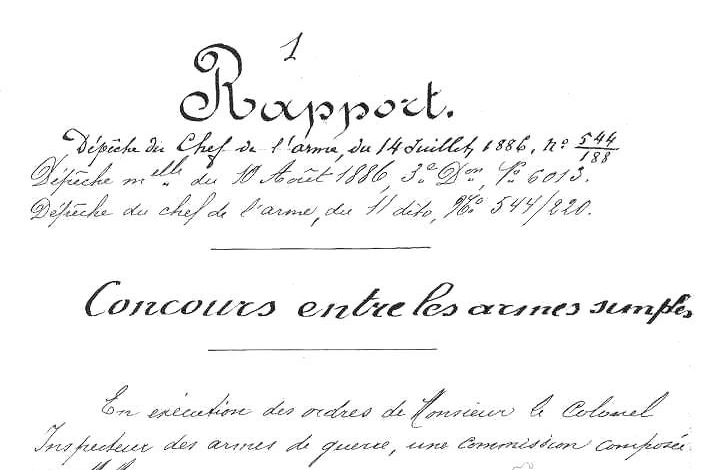“Clockwork Basilisk: The Early Revolvers of Elisha Collier and Artemas Wheeler” is available right now for preorder on Kickstarter:
https://www.kickstarter.com/projects/headstamp/clockwork-basilisk?ref=1n89n0
Courtesy of esteemed collector Frank Graves, Professor Ben Nicholson and I are disassembling a gorgeous example of a second model Collier revolver today. The Collier really is equal parts art and engineering; half made in the finest British bespoke tradition and half by the newest American machine methods.




In general what are machine tolerances of present day firearms? Or is the question far too vague?
Generally, tolerances on modern firearms are in the thousandths of an inch range, because tolerances tighter than that might cause problems due to fouling, differential material expansion, and etc.
Specialized arms, such as Olympic competition free pistols, are built to ten thousandths of an inch, as by their nature extreme precision is required and “field conditions” are not a factor.
What makes the Collier even more amazing is that up to the Napoleonic Wars period, machinists (including gunsmiths) were doing well if they were working to a limit of sixteenths of an inch. It has been said that the greatest development of the Industrial Revolution was precision measurement, because that was what made precision machining possible.
Seen as a development of the precision measurement capabilities of its time, the Collier is the equivalent of a wristwatch-sized cellphone of today.
cheers
eon
Might I inquire as to why “Basilisk”? I get “Clockwork”, but I don’t see the correlation between this firearm and the medium-size iguanid lizard. Is it because it can run on water? Or am I missing something?
I have to presume it came out of the use of the term “basilisk” for a class of cannon:
https://en.wikipedia.org//wiki/Basilisk_(cannon)
I think there are a couple of literary references I can vaguely recall having run into where a firearm (particularly early in their use) was referred to as a “pocket basilisk”, but I’ll be damned if I can dredge the requisite citation up out of my memory. I want to say it was somewhere in the interminable Dumas or Hugo oeuvre, and it may have been an artifact of translation.
Thanks!
Then there is the mythological basilisk for which the weapons were named: https://en.m.wikipedia.org/wiki/Basilisk
And then we come to the legendary monk Berthold Schwartz who is said to have invented black powder while trying to neutralized a basilisk supposedly contained in some chemical he was using in his alchemy experiments
And that spring loaded cylinder would later appear in the Savage/North revolvers.
a silencer would work,no?